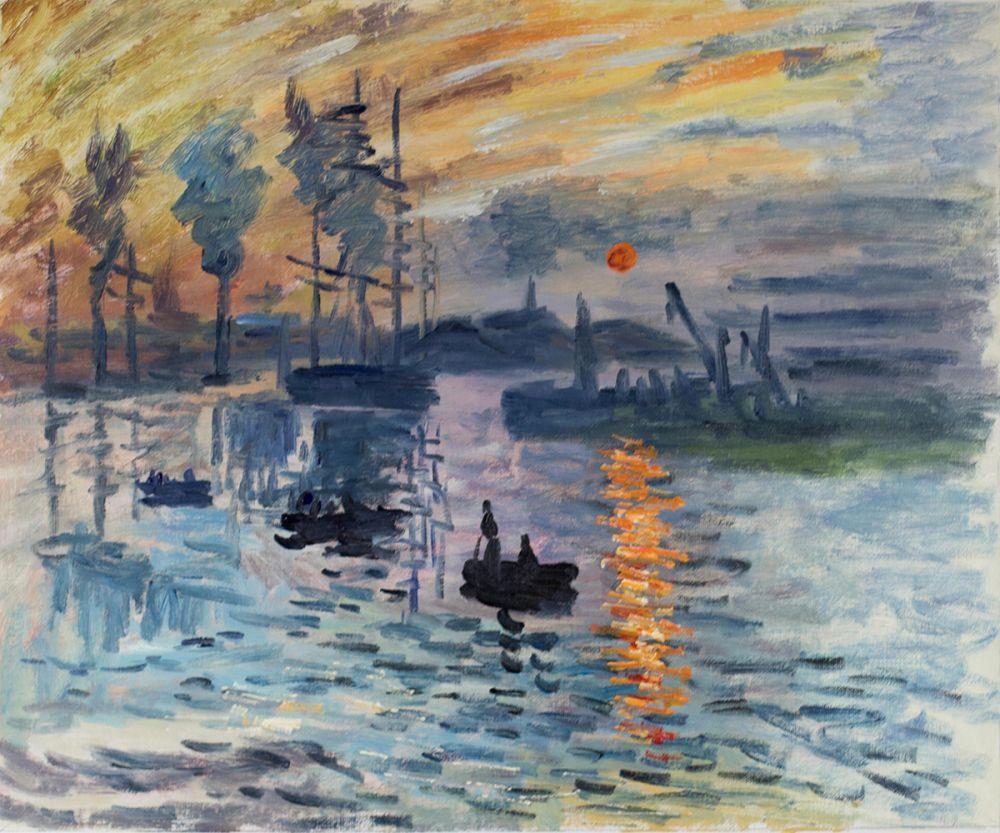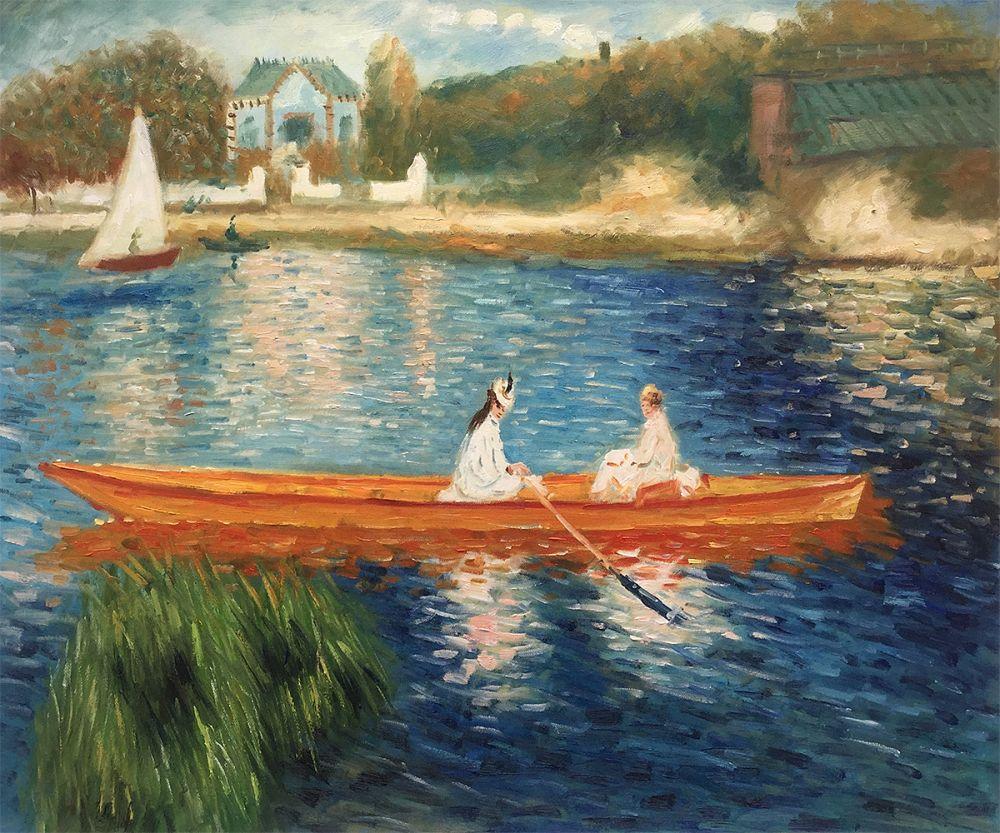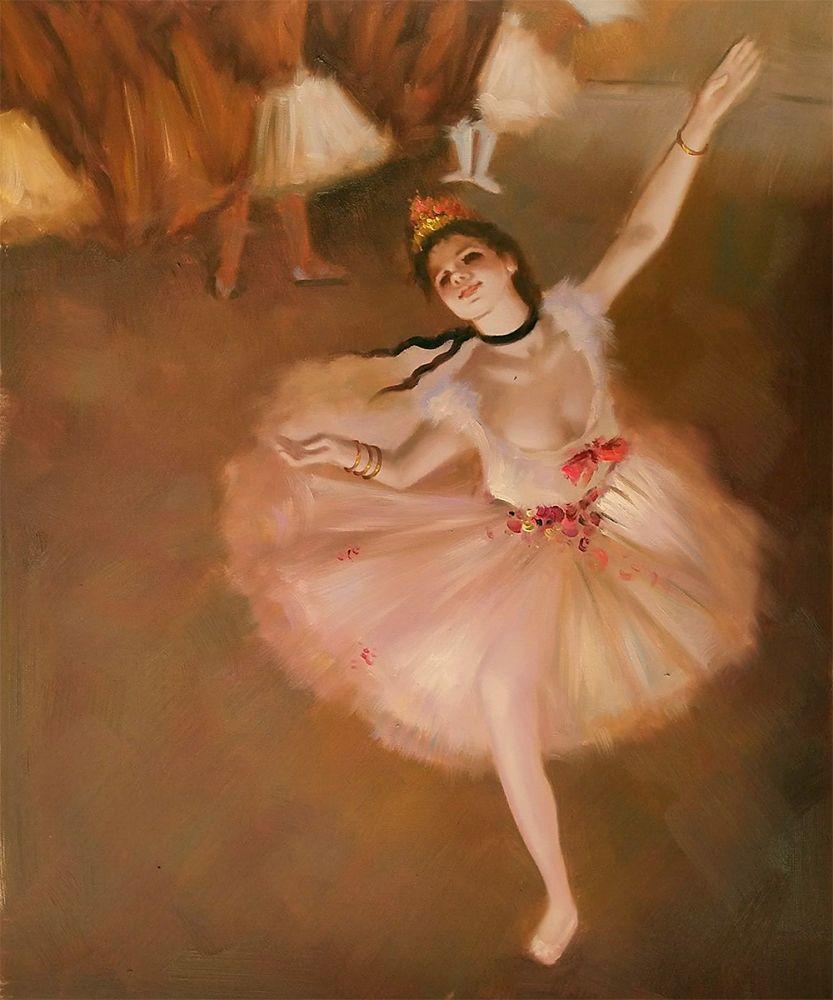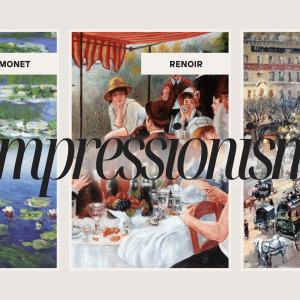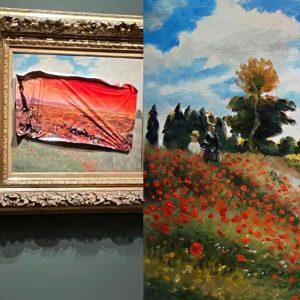Art
Art History
Celebrating 150 Years of the Impressionist Art Revolution of 1874
In the annals of art history, certain moments stand out as catalysts for transformation, sparking movements that redefine the landscape of artistic expression. One such moment was the revolutionary emergence of Impressionism in 1874. This year marks the 150th anniversary of this groundbreaking movement, a perfect occasion to reflect on its enduring impact and celebrate the legacy of the artists who dared to defy convention.
The Birth of Impressionism
In April 1874, a group of artists, frustrated by the rigid norms of the traditional art institutions, organized an independent exhibition at the studio of the photographer Nadar in Paris. This audacious act marked the birth of the Impressionist movement. Among these artists were Claude Monet, Edgar Degas, Pierre-Auguste Renoir, Camille Pissarro, and Berthe Morisot. They shared a common goal: to capture the fleeting moments of life and the play of light and color in a manner that was radically different from the detailed, realistic styles that dominated the art world.
Breaking with Tradition
Impressionism was characterized by its loose brushwork, vibrant colors, and emphasis on light and its changing qualities. The artists often painted en plein air (outdoors) to directly observe and depict natural light and its effects on the landscape. This was a significant departure from the meticulous, studio-bound practices of their predecessors. This practice was significantly facilitated by the advent of the railroads, which allowed artists to travel to the scenic locations they wished to capture.
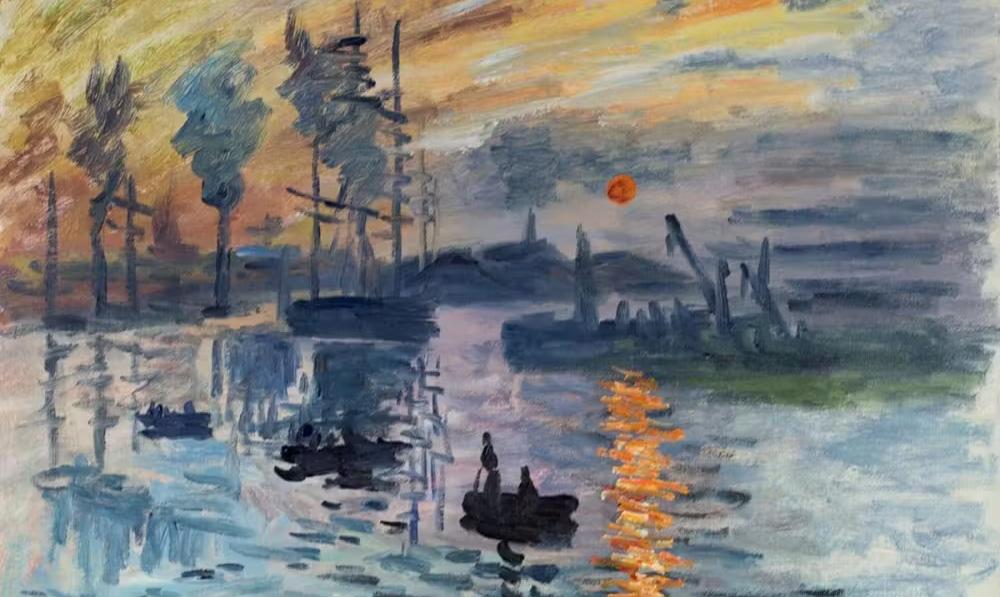
Claude Monet’s painting, “Impression, Sunrise” (1872), is often credited with giving the movement its name. A critic’s dismissive review, which called the work “impressionistic” in a derogatory sense, was embraced by the artists themselves as a fitting label for their innovative approach.
The Evolution of a Movement
The initial reception to the Impressionists’ work was mixed, with many critics and the public finding their style jarring and unfinished. However, as the movement grew and more exhibitions were held, the artists began to gain recognition and influence. The emphasis on modernity, the candid portrayal of everyday scenes, and the focus on light and color resonated with the changing sensibilities of the late 19th and early 20th centuries.
Impressionism paved the way for numerous other movements, including Post-Impressionism, Fauvism, and even abstract art. Artists like Vincent van Gogh, Paul Cézanne, and Georges Seurat built upon the foundations laid by the Impressionists, pushing the boundaries of artistic expression even further.
Lasting Legacy
Today, the legacy of Impressionism is undeniable. The works of Monet, Renoir, Degas, and their contemporaries are celebrated in museums and galleries around the world. Their influence can be seen in the works of countless artists who followed, and the principles of Impressionism continue to inspire contemporary creators.
The movement also had a profound impact on the way art is perceived and appreciated. By challenging the conventions of their time, the Impressionists opened the door to a broader acceptance of diverse styles and approaches in art. They demonstrated that art could capture the essence of a moment, convey emotion through color and light, and reflect the changing world around us in new and exciting ways.
Commemorating 150 Years
As we celebrate the 150th anniversary of the Impressionist revolution, it’s important to recognize not only the artistic achievements of these pioneering artists but also their courage and vision. They redefined what art could be, and their influence continues to be felt today.
Whether you’re an art enthusiast, a casual admirer, or a creator yourself, take a moment to appreciate the vibrant legacy of the Impressionist movement. Visit a museum, explore an exhibition, or simply enjoy the vast selection of impressionist art reproductions, available in our Impressionism Art gallery.
In doing so, you’ll be honoring the spirit of the artists who, 150 years ago, dared to see the world differently and forever changed the course of art history.

